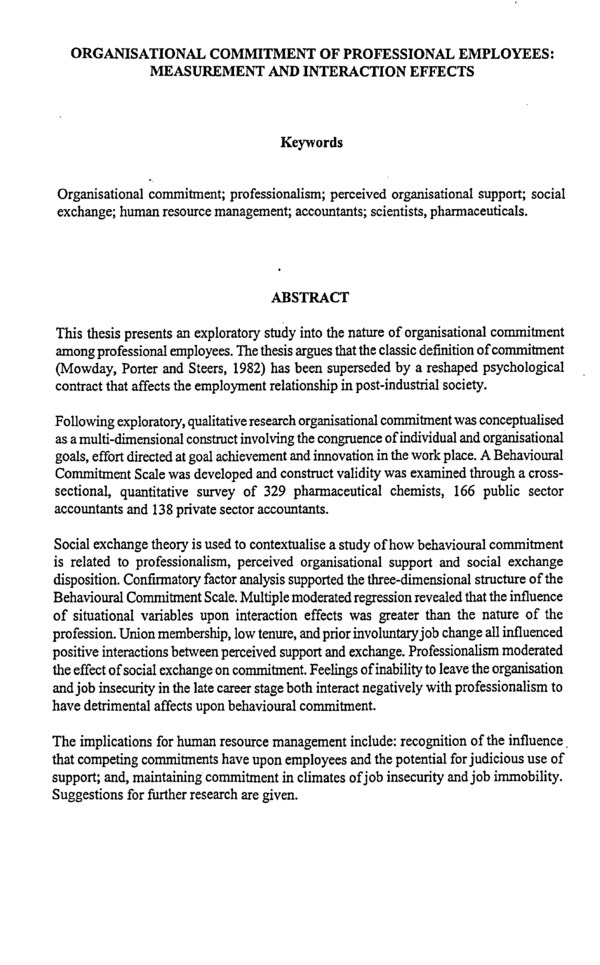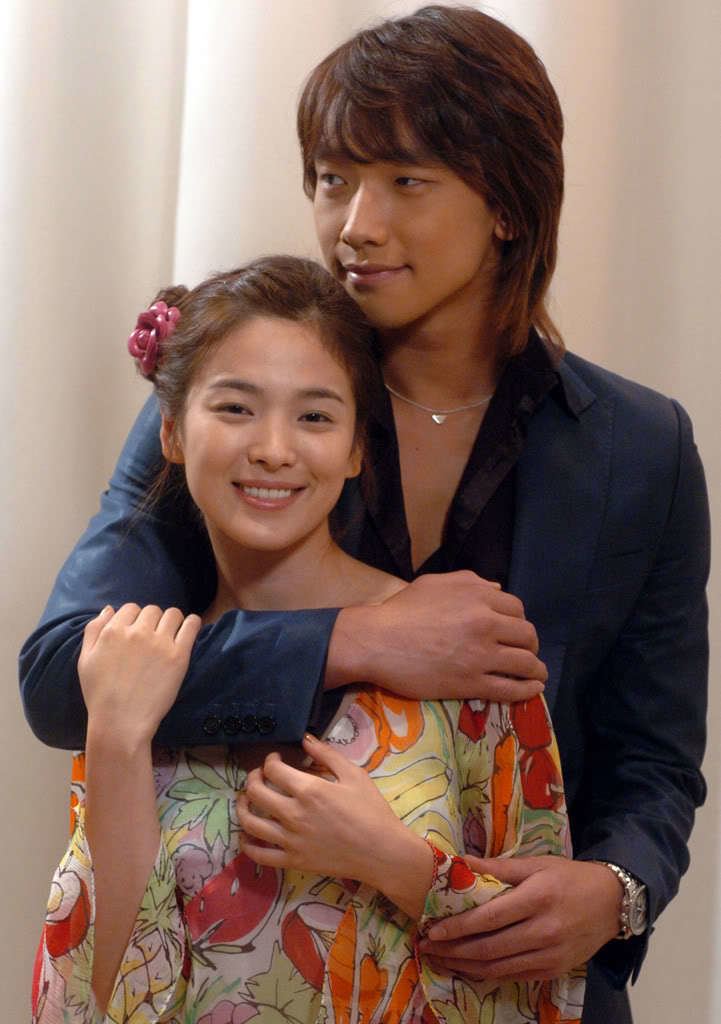Table Of Content

While several vessels, including the errant battleship Oklahoma did strike the breakwater, it hasn’t been verified that any of them actually struck the lighthouse. In this activity, students read about two problems encountered by ships at sea. The compare different lighthouse pictures and identify common parts of lighthouses. They look at the patterns on lighthouse towers, learn why there are many different ones used, and draw their own unique lighthouse pattern. They design a lighthouse model, then build one using materials found around the house. This activity is adapted from a grade 1 physical science module in Smithsonian Science for the Classroom.
Where does Lighthouse Interiors provide services?
In 2008, the Jupiter Lighthouse Reservation was Congressionally-designated Jupiter Inlet Lighthouse Outstanding Natural Area. Ownership of the lighthouse and former Coast Guard station was transferred to the Bureau of Land Management in 2019. The lighthouse remains an active public Aid to Navigation, with 1 of only 13 active First-Order Fresnel lenses in the entire United States. The non-profit Loxahatchee River Historical Society (LRHS) first opened a lighthouse museum on site in 1973. Since 1994, LRHS has served as the modern keepers of the Jupiter Light through a formal agreement to restore and preserve the lighthouse, and to provide visitor access and historical interpretation.
East Brother Light Station
Most show a building with two or three stories that decreases in width as it ascends. The limited size of coins could cause the producer of the coin to alter the image to fit on the surface. The similarity in depictions of lighthouses is symbolic rather than accurate representations of specific beacons. The aptly named Seven Foot Knoll Lighthouse was originally situated on top of the Seven Foot Knoll at the mouth of the Patapsco River in Maryland’s Chesapeake Bay.
Light source
They have access to the tower for a tour and the grounds during their stay. On sunny days, enjoy the magnificent views overlooking San Diego and visit the lighthouse that has been restored to its original looks. The Point Vicente Interpretive Center is nearby and provides lighthouse history and exhibits. This active lighthouse’s 67-foot tower is featured in a variety of movies and TV shows as it sits on the Palos Verdes Peninsula in Los Angeles. To see and tour the lighthouse grounds, you will need to schedule a guided tour. Tour groups meet near Avila Bay, or you can join a 1-hour, 2-mile organized hike along the Pecho Coast Trail to the lighthouse for a 1-hour docent-guided walking tour.
Lighthouse preservation group introduces license plate design News independentri.com - The Independent
Lighthouse preservation group introduces license plate design News independentri.com.
Posted: Fri, 10 Mar 2023 08:00:00 GMT [source]
By keeping one man as near lens as was safe, managed to keep light burning and lens moving. I recommend this one day Channel Islands private sailing tour or this 3-day luxury eco-cruise! Prices are a bit steep, but they are a price per group of up to 4, so split between friends, it’s a bargain for a private, catered-to-you experience in America’s least-visited national park. There were only three lighthouses built using this style, and this is the only one that remains. Along California’s central coast, this lighthouse can be seen from the elephant seal overlook north of Cambria. Volunteers provide a 3-hour tour of the area on Saturdays, Sundays, and Wednesdays throughout the year.
Range lights
It was followed in 1708 by a second wooden tower, constructed by John Rudyerd, which was destroyed by fire in 1755. Rudyerd’s lighthouse was followed by John Smeaton’s famous masonry tower in 1759. Smeaton, a professional engineer, embodied an important new principle in its construction whereby masonry blocks were dovetailed together in an interlocking pattern. Despite the dovetailing feature, the tower largely relied on its own weight for stability—a principle that required it to be larger at the base and tapered toward the top. Instead of a straight conical taper, though, Smeaton gave the structure a curved profile. Not only was the curve visually attractive, but it also served to dissipate some of the energy of wave impact by directing the waves to sweep up the walls.
Sankaty Head Lighthouse
Luxury £10m lighthouse on 'saddest ever' Grand Designs episode on sale as TWO separate homes - Daily Mail
Luxury £10m lighthouse on 'saddest ever' Grand Designs episode on sale as TWO separate homes.
Posted: Tue, 06 Jun 2023 07:00:00 GMT [source]
The success in the design not only stems from its pleasing visual appearance, but also in the redefinition of an aging typology. The lighthouse, as a building typology, has slowly evolved into a cultural relic as new technologies render it redundant. Such paired lighthouses are called range lights in North America and leading lights in the United Kingdom. The closer light is referred to as the beacon or front range; the further light is called the rear range. A great design shows the world what you stand for, tells a story and makes people remember your brand.

Exploder was a programming tool for storing Objective-C objects in a relational database. Directly, and in 1991 spun off the Exploder into a new startup, Persistence Software. If desired, pour cement onto the pre-marked foundation and smooth it out into an even layer. This is an important step as not only does it ensure that each wall is equally sturdy but it will provide added protection against wear and tear due to weathering over time.
An Alternative Museum for Burning Man and a Concrete Lighthouse: 12 Unbuilt Projects Submitted by our Readers
Powerful lights are becoming superfluous, especially for landfall, but there has been a significant increase in minor lights and lighted buoys, which are still necessary to guide the navigator through busy and often tortuous coastal waters and harbour approaches. Among mariners there is still a natural preference for the reassurance of visual navigation, and lighted marks also have the advantages of simplicity, reliability, and low cost. In addition, they can be used by vessels with no special equipment on board, providing the ultimate backup against the failure of more sophisticated systems. French physicist and engineer Augustin-Jean Fresnel developed the multi-part Fresnel lens for use in lighthouses. His design allowed for the construction of lenses of large aperture and short focal length, without the mass and volume of material that would be required by a lens of conventional design.
Cordouan thus became the first lighthouse to be built in the open sea, the true forerunner of such rock structures as the Eddystone Lighthouse. He innovated in the choice of light sources, mountings, reflector design, the use of Fresnel lenses, and in rotation and shuttering systems providing lighthouses with individual signatures allowing them to be identified by seafarers. He also invented the movable jib and the balance-crane as a necessary part for lighthouse construction. Free wooden lighthouse plans is a collection of blueprints and diagrams of lighthouses built from lumber and other materials. These plans are typically provided by experienced woodworkers and DIYers who want to share their building process.
Located in Crescent City, this lighthouse sits just offshore from Battery Point Beach and can be accessed only around low tide when the beach and island connect. Of the 30 lighthouses, 16 are open to the public, and six have overnight accommodations in case you want a unique way to stay the night in California. Along the rugged California coastline, 30 lighthouses shine a beacon out to the Pacific Ocean. In times of darkness, the structure illuminates along 1,000 square meters of horizontal light panels powered by photovoltaic cells, making it a sustainable layer of the surrounding landscape. Cimini describes the lighthouse as a ‘nostalgic object,’ a term that recognizes the obsolete navigational functions of the structure but highlights feelings of cultural fondness and memory.
The plans include detailed measurements, cutting techniques, and assembly instructions. They also provide guidance on the types of wood and other materials to use. The plans are typically designed for casual builders with some experience in carpentry.
A Fresnel lens can be made much thinner than a comparable conventional lens, in some cases taking the form of a flat sheet. A Fresnel lens can also capture more oblique light from a light source, thus allowing the light from a lighthouse equipped with one to be visible over greater distances. However, it was the French physicist and engineer Augustin-Jean Fresnel who is credited with the development of the multi-part Fresnel lens for use in lighthouses.
Like many building types that have followed the same trajectory in their evolutions, architects and designers must strategize new ways to design within the lighthouse typology, but also allow the building to take on new functions. The lighthouse’s historic significance and connection to nature have made it the ideal retreat or place of reflection. Aligning two fixed points on land provides a navigator with a line of position called a range in North America and a transit in Britain. Ranges can be used to precisely align a vessel within a narrow channel such as a river. With landmarks of a range illuminated with a set of fixed lighthouses, nighttime navigation is possible.
The development of modern lighthouses can be said to have started about 1700, when improvements in structures and lighting equipment began to appear more rapidly. In particular, that century saw the first construction of towers fully exposed to the open sea. The first of these was Henry Winstanley’s 120-foot-high wooden tower on the notorious Eddystone Rocks off Plymouth, England.









